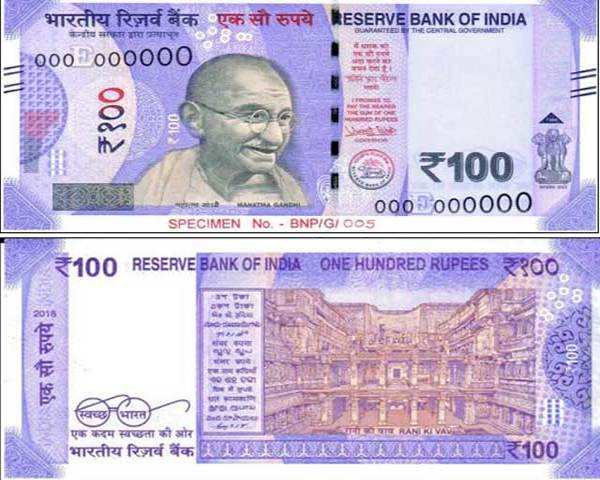
As the government announced that they have made an all new Rs 100 note, among other commentaries was a misplaced pride that all elements of the new note will be sourced from India itself.
Printing a currency note requires a different kind of security. While most of us would consider the features on the note itself to be the security element, it is only the first line of defence.
Most importantly the security of a currency note comes from the material which goes into printing one. From ink(s) to paper to the press itself.
India currency notes are made up of pulp containing cotton and balsam with special dyes to make the currency notes that should be resilient, durable, with quality to resist from wear and tear and not to be faked easily. The paper of this note is not every day wood pulp. This paper is composed of 75% cotton and 25% linen.
Then there is a process of placing water mark and the security thread. Security thread itself needs to be manufactured and have micro engravings on it.
Basically, there is a huge supply chain that is required to print the bank notes. India needs almost 15 Billion bank notes in a year – our presses are big enough to handle only a billion of the demand.
Under this back drop it is food hardy to celebrate the new hundred rupee not to be completely Indian. If RBUI were to print enough of it, it would only mean a lot more of five hundred and two thousand notes will be outsourced.
Also, An Indian supply chain will imply that every part of the material that goes in the currency is available in great quantities on the sub-continent hence it will be easier to crack for ISI while it gets on the job of pricing next generation FCN (fake currency note).
While we do have a new note, lets say there is nothing good or bad about it and for the lack of data have only subjective opinion.







